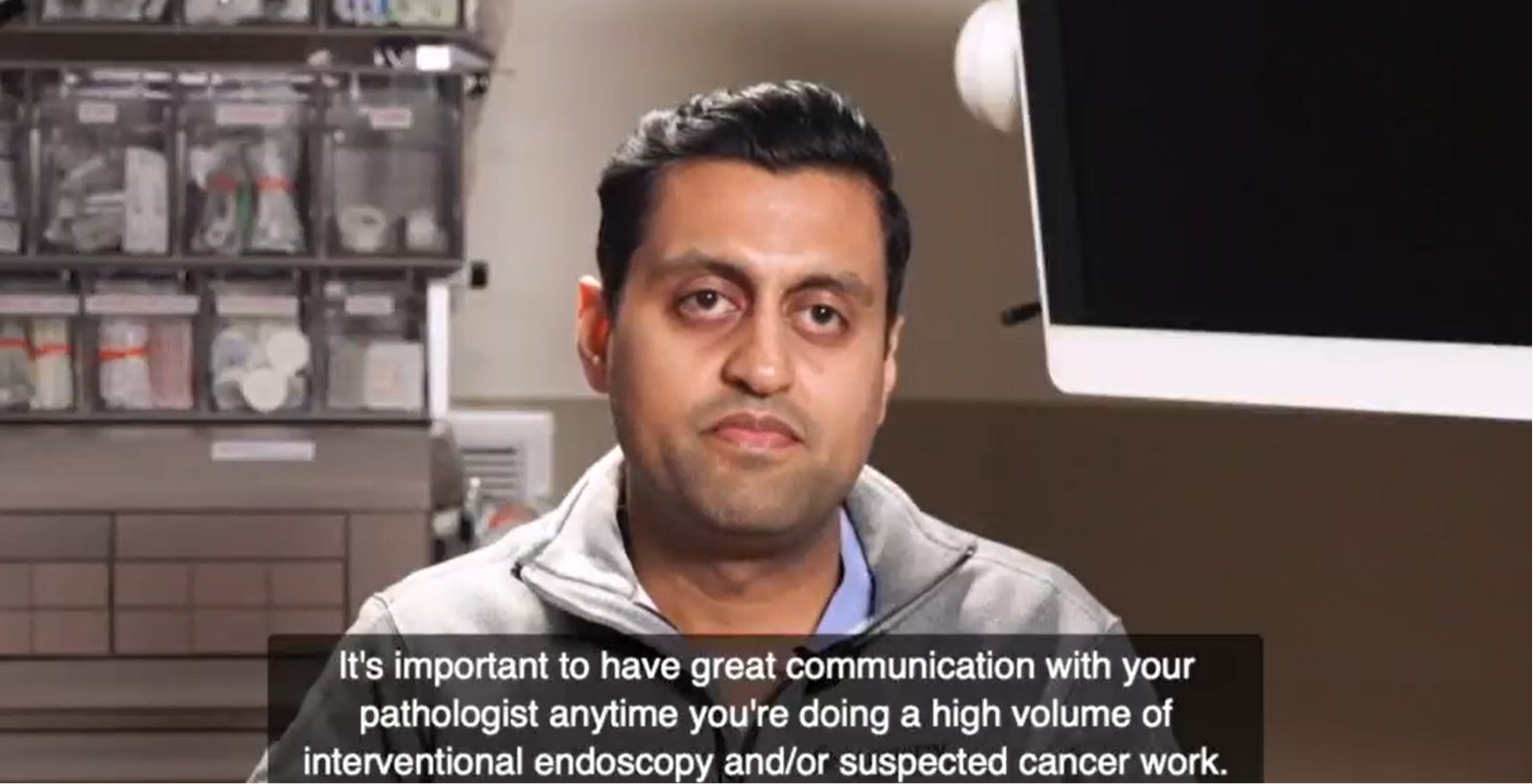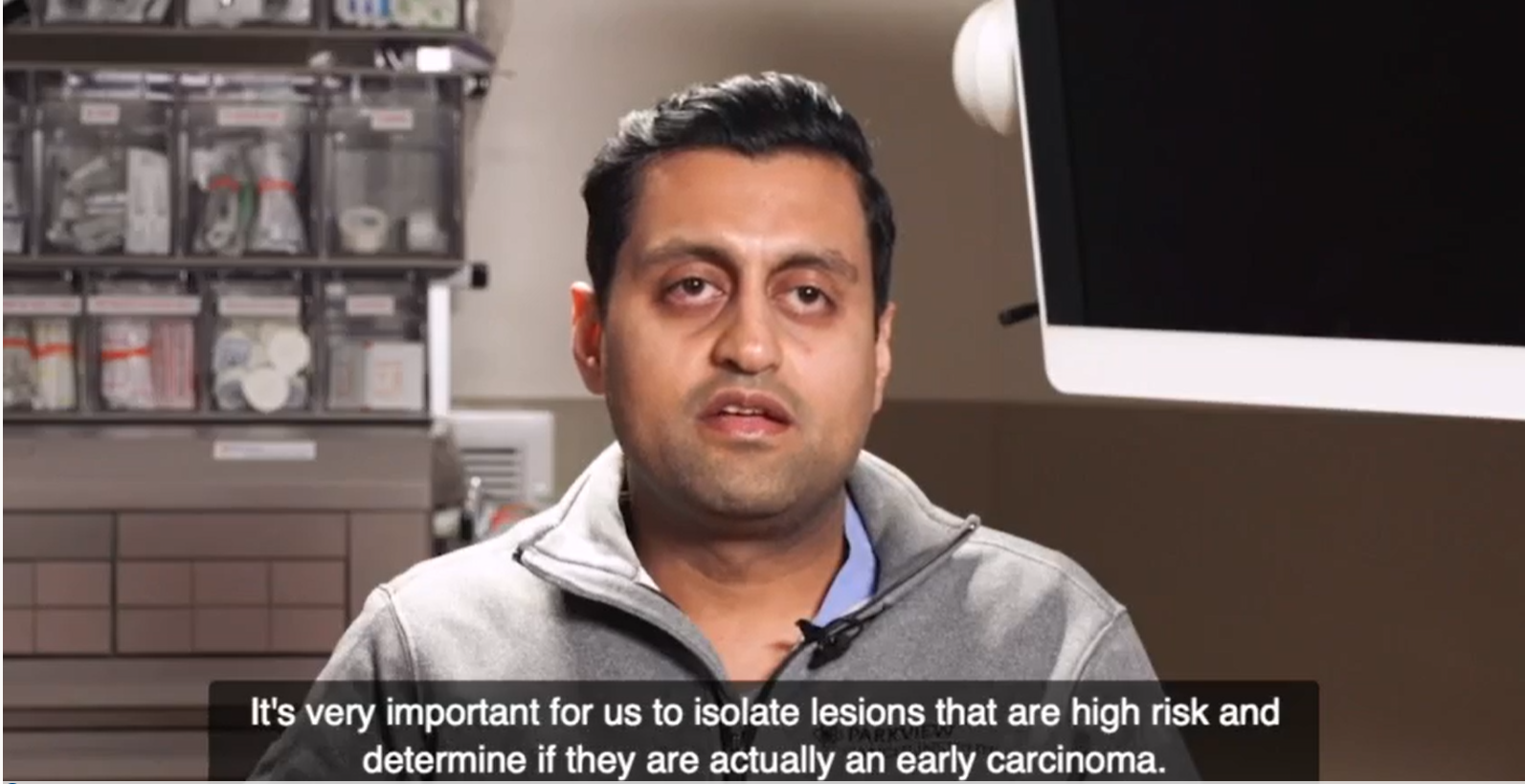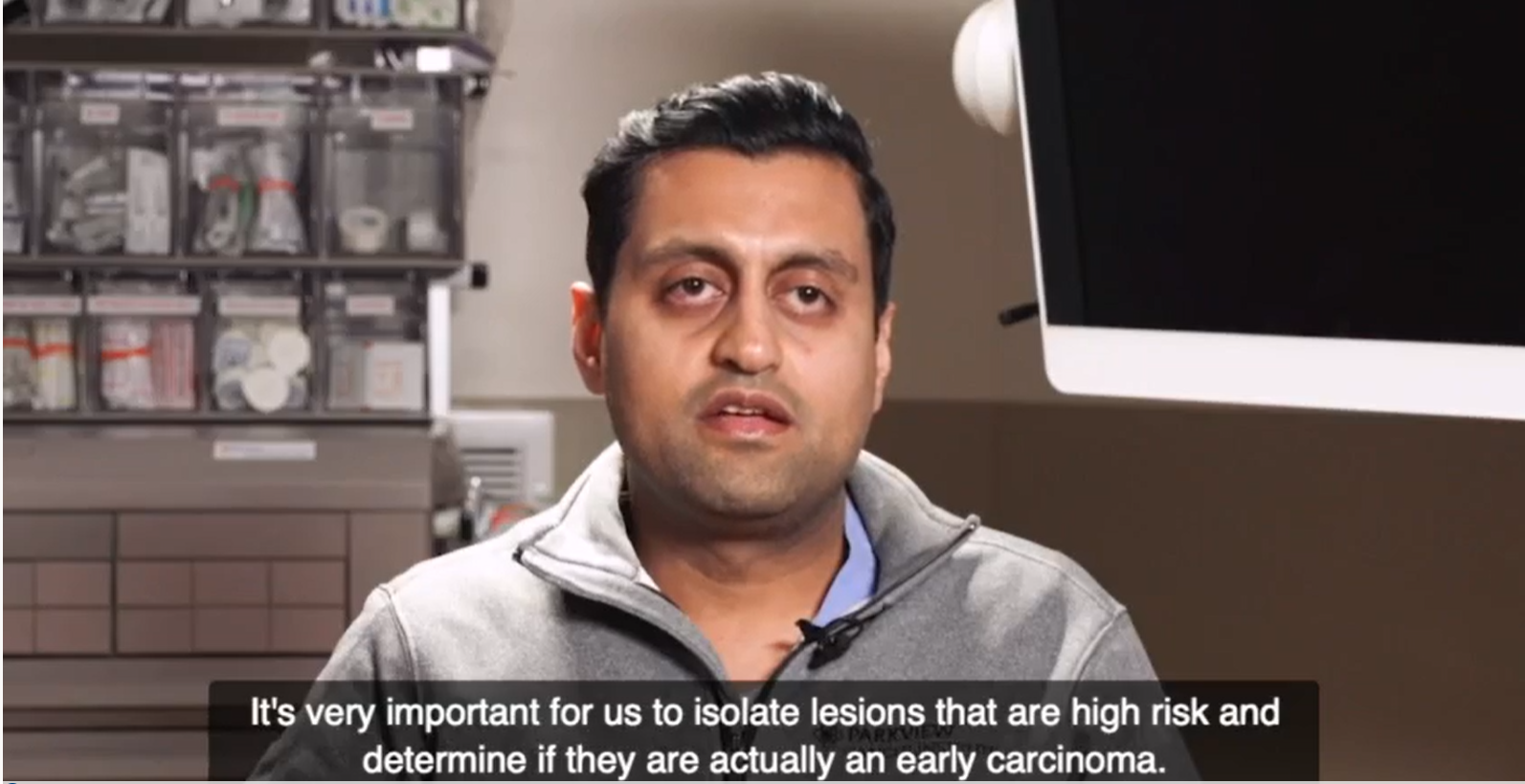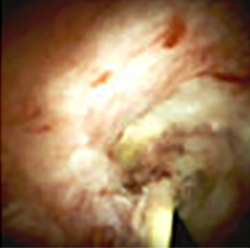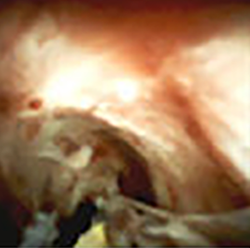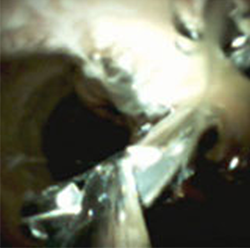SpyGlass™ DS II Direct Visualization System
featuring Sight Shield Technology
SpyBite™ Max Biopsy Forceps
SpyGlass™ Retrieval Basket
SpyGlass™ Retrieval Snare
SpyGlass DS II System & Autolith Touch Biliary EHL System
Boston Scientific and Northgate Technologies, Inc., work together to provide physicians and hospitals with access to the the Autolith Touch Biliary EHL System and accessories. All system components can be obtained directly from Boston Scientific, which provides an efficient ordering process, first-rate customer support and expanded options for stone management.
The Autolith Touch 1.9Fr., 375cm EHL probe is a single-use device to be used with the Autolith Touch EHL Generator. The EHL probe, when used with the SpyGlass II DS System, helps to manage large biliary stones.
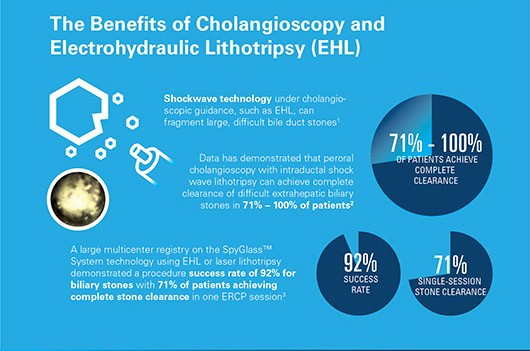
Stone Management
- Approximately 10-15% of biliary stone cases are considered difficult and cannot be treated effectively using standard ERCP techniques.2
- Direct visualization stone clearance using EHL has been shown to be clinically effective with demonstrated procedural success, with single-session stone clearance rates of 74.5%.1
- The SpyGlass™ Retrieval Basket is a durable 4-wire nitinol basket designed to grasp and remove biliary and pancreatic stones and stone fragments while maintaining its shape in a difficult anatomy.
- Achieving single-session stone clearance and reducing the need for a repeat procedure may deliver greater patient satisfaction and decrease additional procedural costs.
Stricture Management
- Performing biopsies under direct visualization using the SpyGlass DS II System and SpyBite™ Biopsy Forceps may enable faster, more accurate diagnosis of malignancies compared to brush cytology: 86% sensitivity compared to 45%.3,4
- SpyBite Max Biopsy Forceps – a design enhancement to the original SpyBite Biopsy Forceps – have been shown to acquire more than 2X tissue in an average bite.5
- In a clinical study of 289 patients, clinical management was altered in 85% of patients undergoing diagnostic ERCP with cholangioscopy, and the study showed high procedural success and high accuracy in helping to diagnose indeterminate strictures.6
- The SpyGlass Retrieval Snare is designed to efficiently capture and remove foreign bodies – such as migrated plastic stents – in the biliary and pancreatic ducts.
Dr. Neil Sharma presents: A Video Series on Indeterminate Biliary Strictures
Pre-procedure Planning and Diagnostic Modality Selection:
Biopsy Collection and Alternative Technique:
Pathology Considerations:
Facilitating Ablation Procedures
Presurgical Mapping
Ordering Information
| Order Number | Description | Cable Diameter (in/mm) | Jaw Outer Diameter (mm) | Working Length (cm) | Required Endoscope Working Channel (mm) |
| M00546470 | SpyBite Max Biopsy Forceps | 0.039 / 1.0 | 1 | 286 | 1.2 |
| M00546270 | SpyBite Biopsy Forceps | 0.039 / 1.0 | 1 | 286 | 1.2 |
| M00546550 | SpyGlass Retrieval Basket | 0.039 / 1.0 | n/a | 286 | 1.2 |
| M00546560 | SpyGlass Retrieval Snare | 0.039 / 1.0 | n/a | 286 | 1.2 |
| Order Number | Description |
| M00546620 | 1.9 Fr., 375cm Biliary EHL Probe |
| Order Number | Description |
|---|---|
| M005466800 | Autolith Touch EHL Generator |
| M00546750 | Autolith Touch Extender Cable |
| M00546760 | Autolith Touch Foot Pedal |
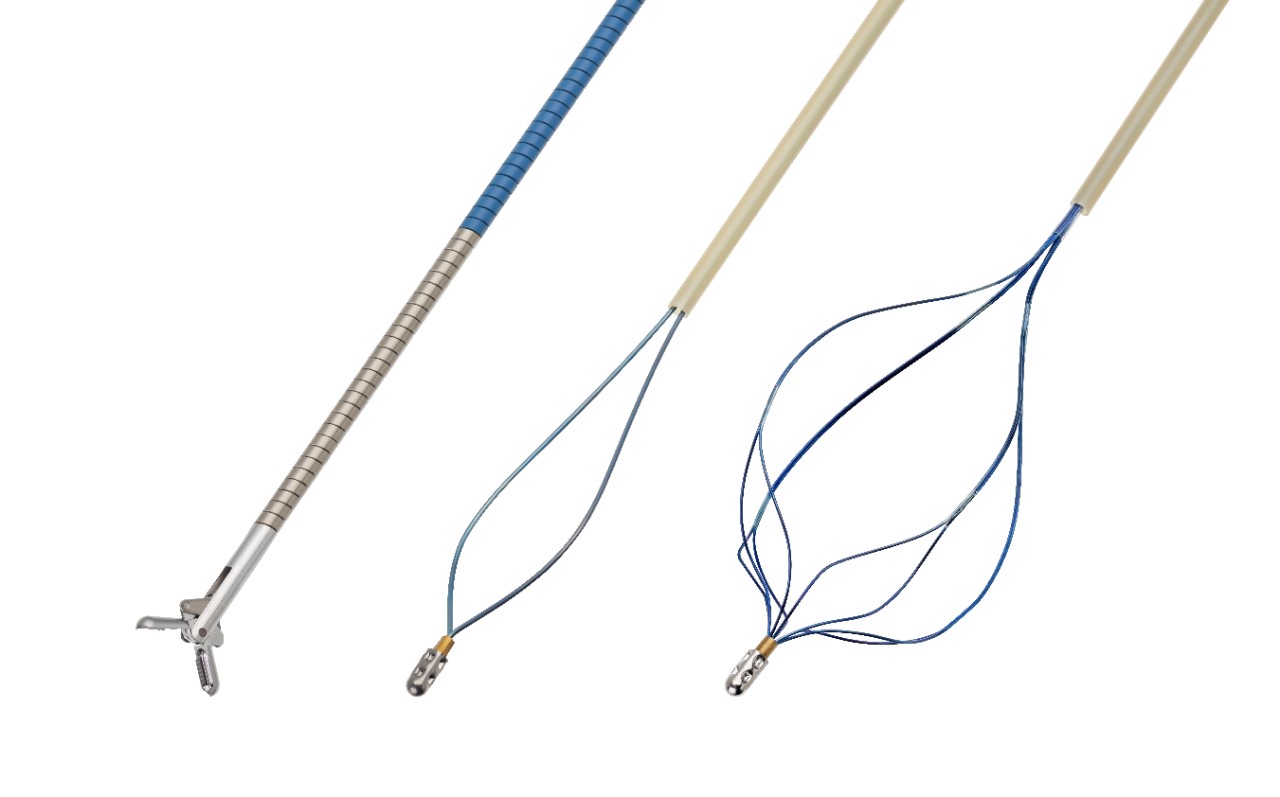
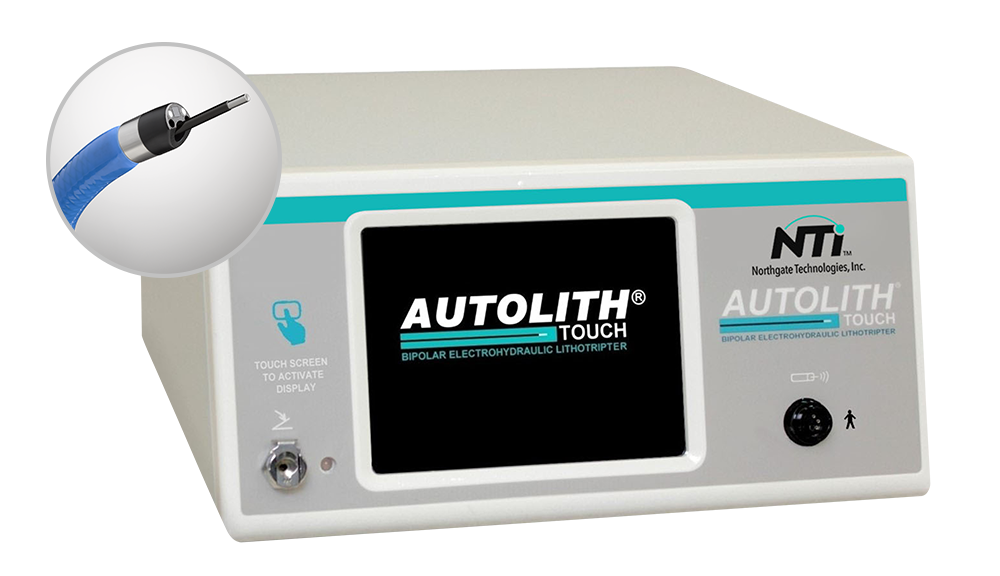
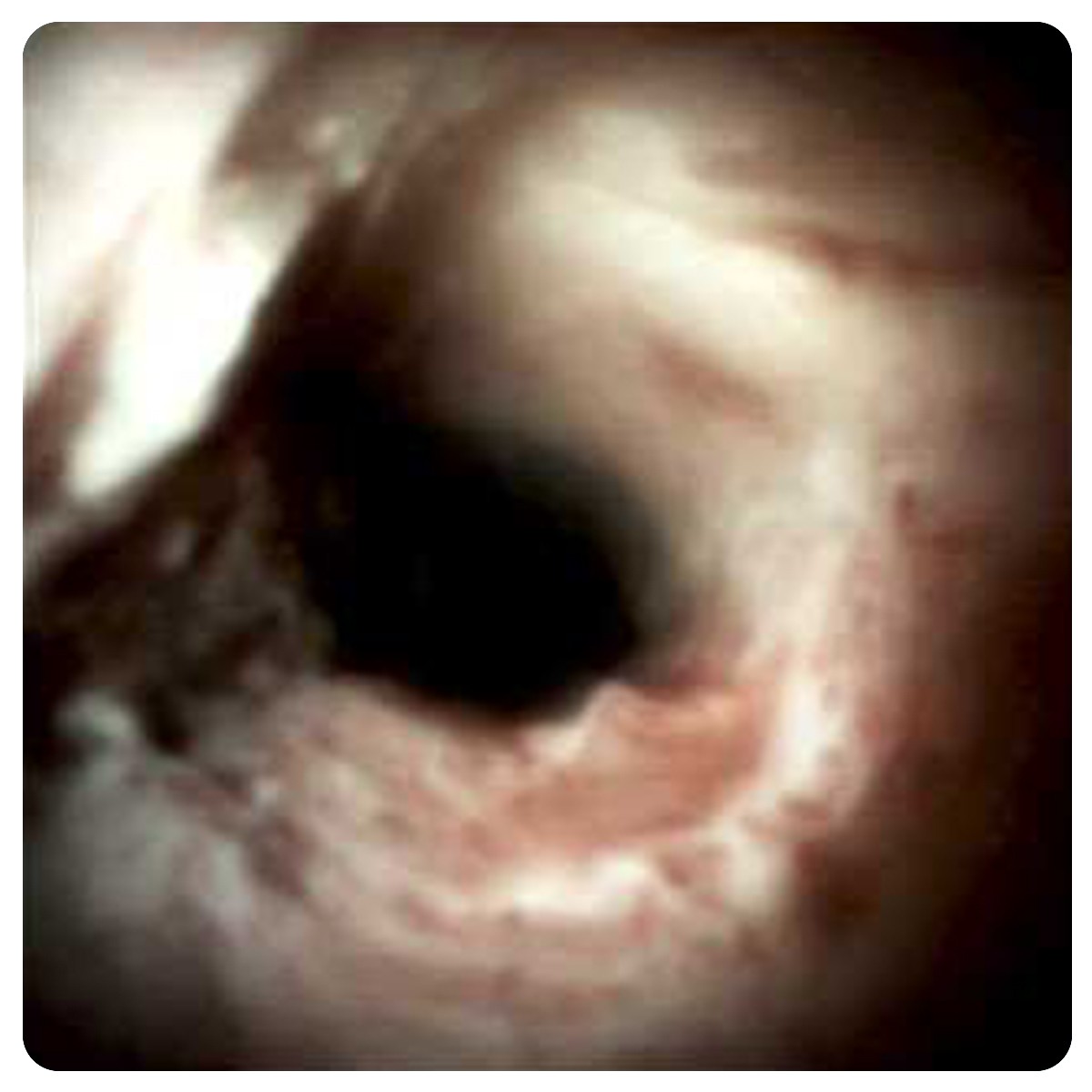
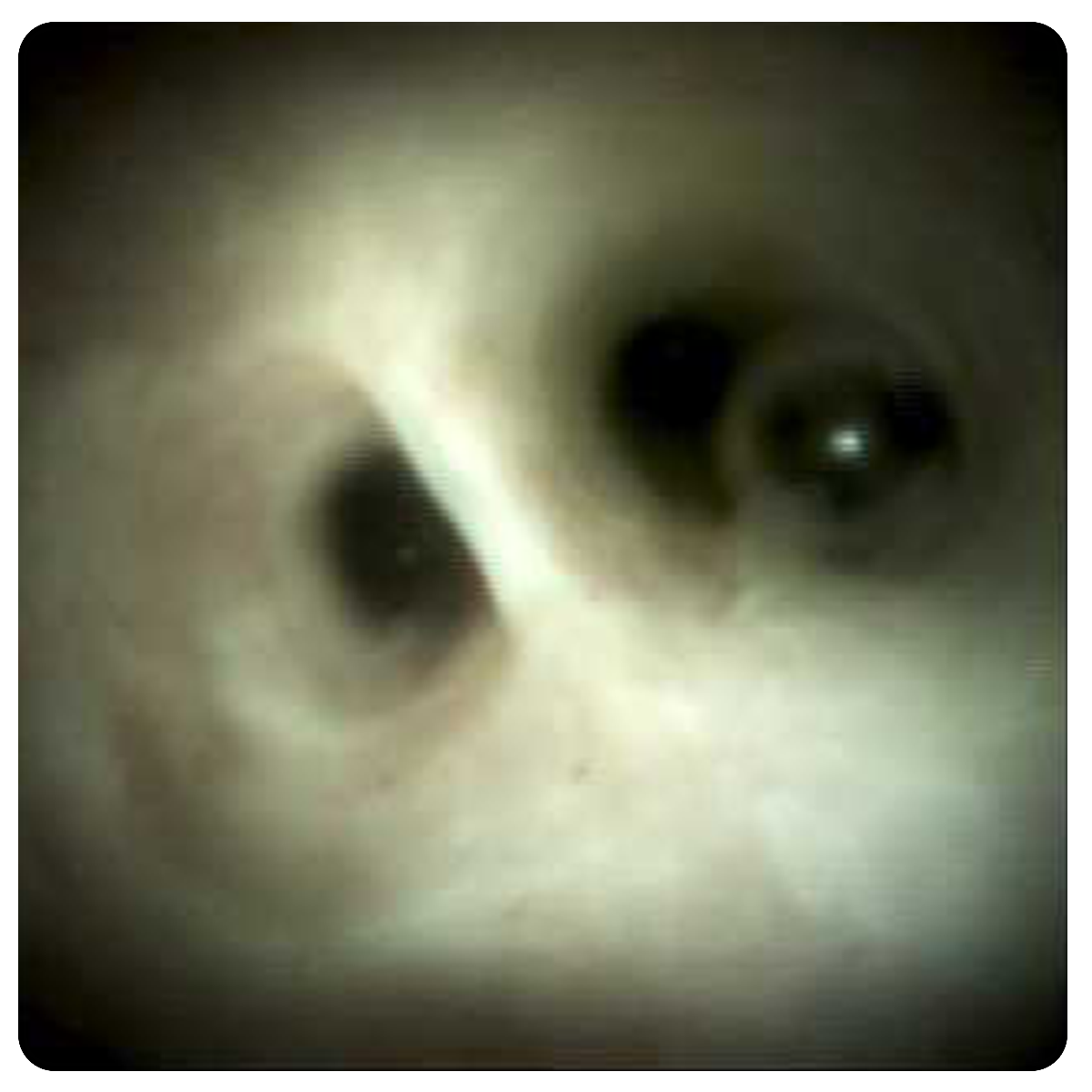
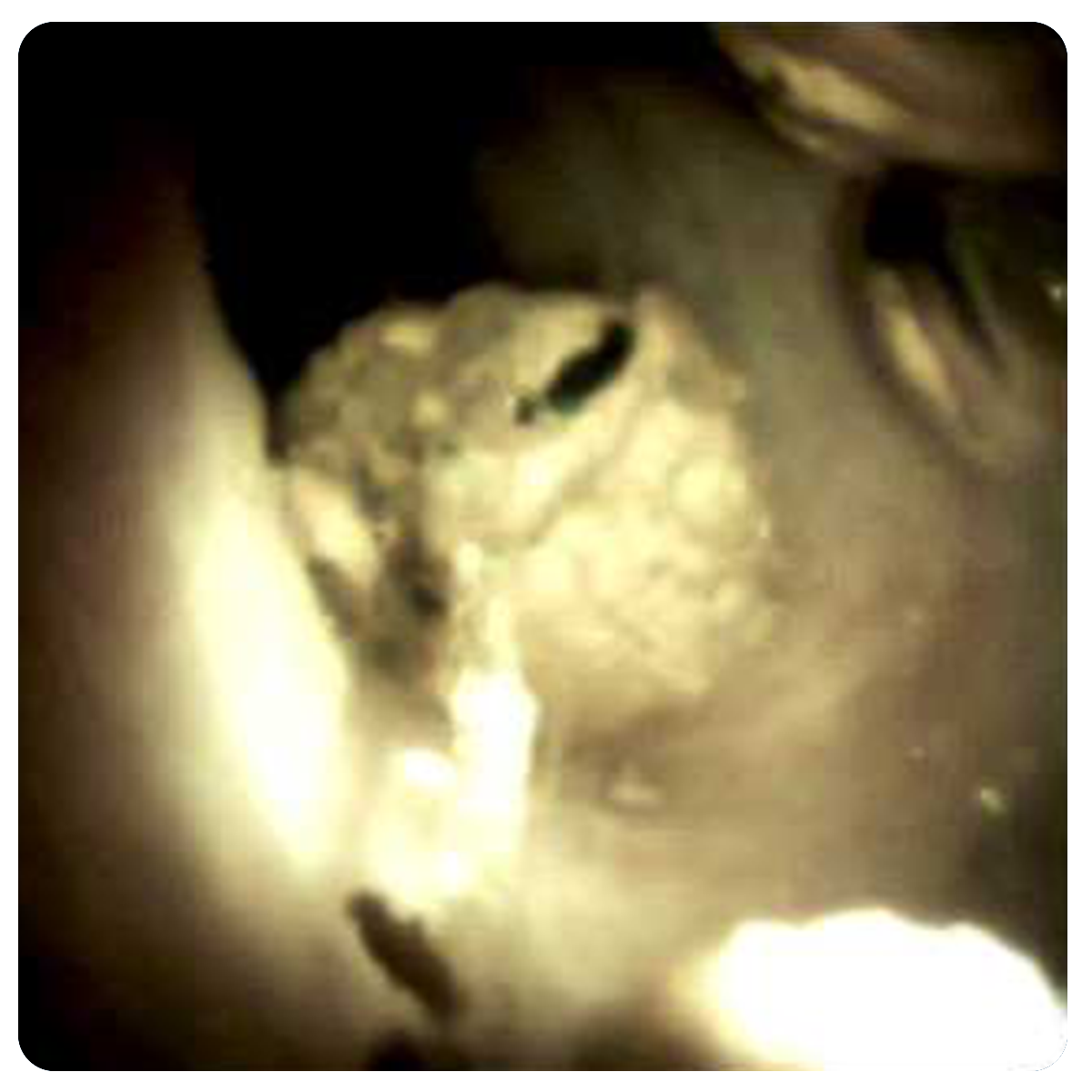
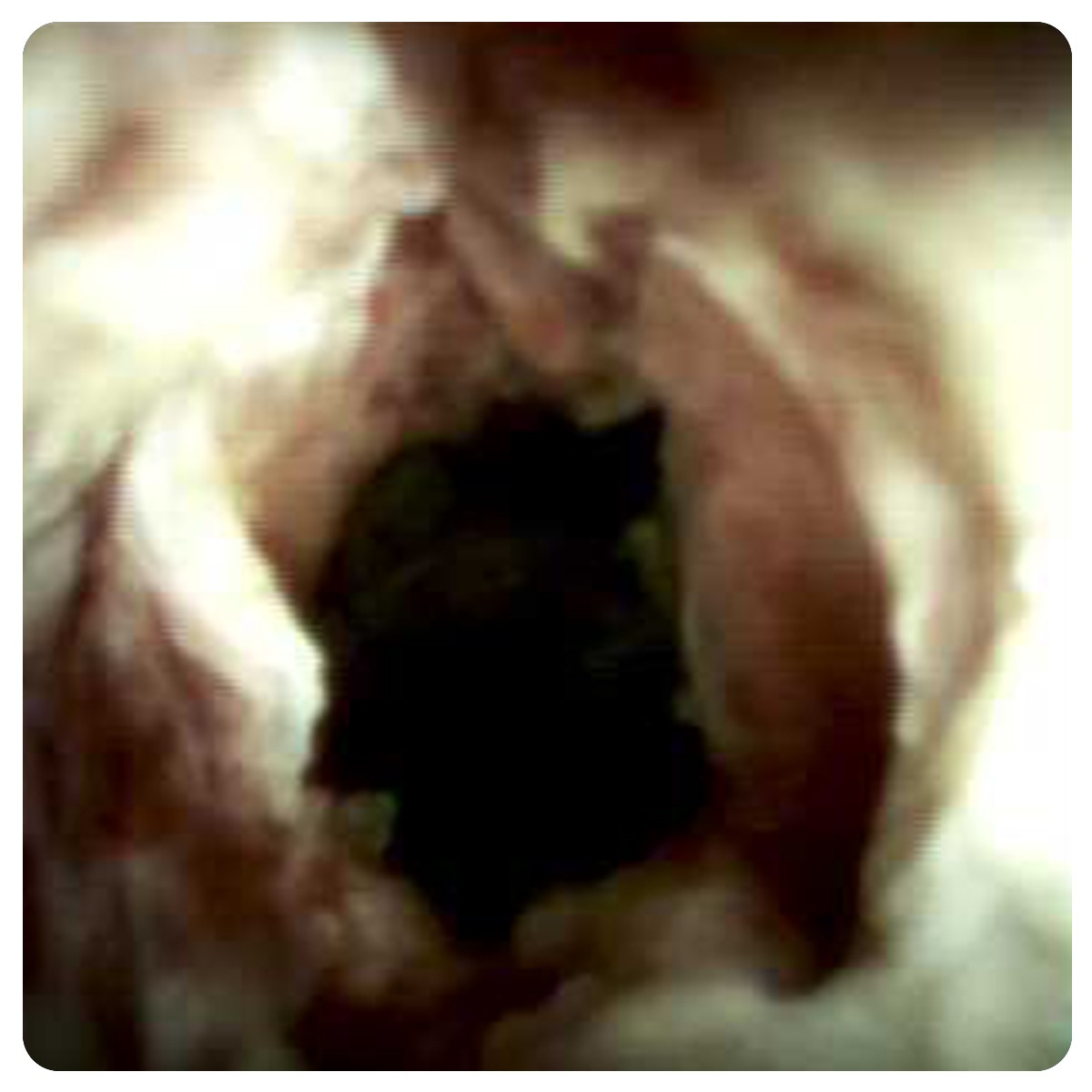
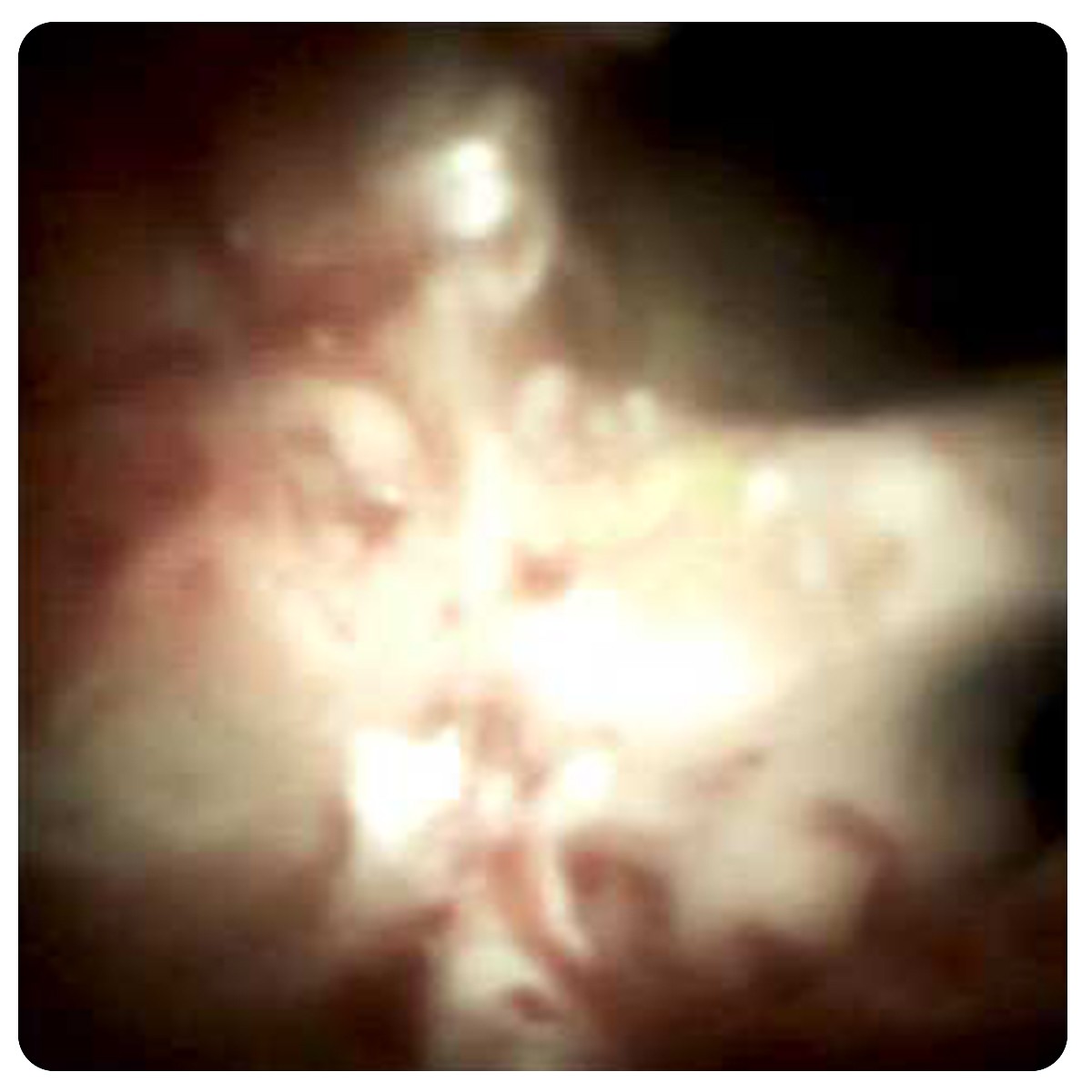
.jpg)
